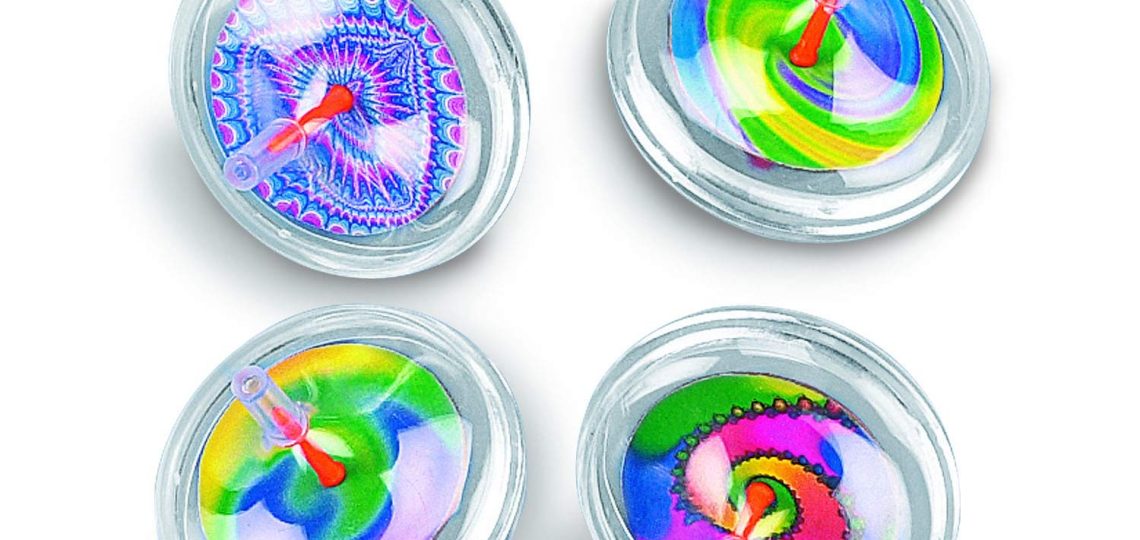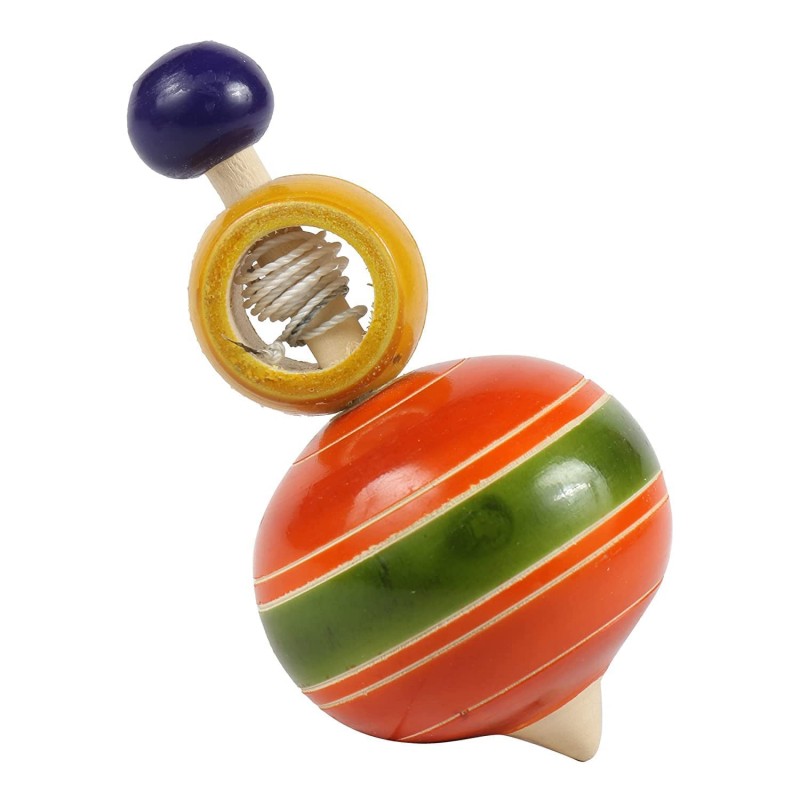
Spinning Toys: A Closer Look at Their History, Types, and Benefits
Introduction
Spinning toys have been captivating children and adults alike for centuries. From the humble spinning top to modern fidget spinners, these toys have evolved and taken on new forms while retaining their charm. In this comprehensive guide, we’ll explore the history of spinning toys, the different types available today, and the benefits they can offer to people of all ages.
Part 1: The History of Spinning Toys
Level 1: Ancient Origins and Cultural Significance
Spinning toys have been a part of human civilization for thousands of years, with evidence of their existence dating back to ancient civilizations such as the Egyptians and Greeks. These early spinning toys were often associated with religious and ceremonial rituals and were crafted from materials like wood, stone, and clay.
Level 2: Evolution and Global Spread
As societies evolved, so did spinning toys. The introduction of metalworking techniques allowed for more intricate designs, and spinning toys became popular in cultures around the world, from Asia to Europe. Over time, different variations emerged, each with its own unique charm and cultural significance.
Part 2: Types of Spinning Toys
Level 1: Classic Spinning Tops
The spinning top is perhaps the most iconic of all spinning toys. It typically consists of a pointed conical base attached to a handle, with the user exerting force to set it spinning. Tops come in a variety of materials, sizes, and designs, offering endless entertainment for children and adults alike.
Level 2: Modern Variations
In recent years, there has been a resurgence of interest in spinning toys, with modern variations such as fidget spinners gaining popularity. These compact, handheld gadgets feature a bearing in the center that allows for smooth spinning, providing a satisfying sensory experience and helping to alleviate stress and anxiety.
Part 3: The Benefits of Spinning Toys
Level 1: Developmental Benefits for Children
Spinning toys are more than just a source of amusement; they also offer numerous developmental benefits for children. Playing with spinning toys can improve hand-eye coordination, fine motor skills, and spatial awareness. Additionally, they can foster a sense of focus and concentration as children strive to keep the toy spinning for as long as possible.
Level 2: Therapeutic Uses for All Ages
In addition to their developmental benefits, spinning toys have therapeutic uses for individuals of all ages. They can be used as a tool for stress relief, helping to promote relaxation and mindfulness. Some therapists have even incorporated spinning toys into their practice to help clients manage anxiety and improve cognitive functioning.
Part 4: Collecting Spinning Toys
Level 1: The Appeal of Collecting
For many enthusiasts, collecting spinning toys is a passion that allows them to appreciate the artistry and craftsmanship of these timeless playthings. From vintage spinning tops to limited-edition fidget spinners, there is a wide variety of spinning toys to collect, each with its own unique history and appeal.
Level 2: Tips for Starting a Collection
If you’re interested in starting a collection of spinning toys, there are a few things to keep in mind. Researching the different types and styles available can help you narrow down your focus, while networking with other collectors can provide valuable insights and opportunities to acquire rare and sought-after pieces.
Part 5: The Future of Spinning Toys
Level 1: Innovation and Creativity
As technology continues to advance, the world of spinning toys is evolving as well. New materials, designs, and features are being incorporated into spinning toys, offering a fresh take on these timeless playthings. From kinetic sculptures to high-tech gadgets, the future of spinning toys holds endless possibilities.
Level 2: Maintaining Tradition
Despite the advancements in spinning toy technology, there is still a strong appreciation for traditional craftsmanship and the simple pleasure of watching a spinning toy in action. As the industry progresses, it’s important to maintain a balance between innovation and tradition to ensure that spinning toys continue to bring joy and wonder to generations to come.
Part 6: The Benefits of Spinning Toys for Child Development
Spinning toys are not only fun to play with but also play a vital role in a child’s development. These toys help improve a child’s fine and gross motor skills as they work to spin and balance the toy. The movement of spinning toy also helps to improve hand-eye coordination and spatial awareness. As the child manipulates the spinning toy, they are also improving their dexterity and finger strength. Additionally, spinning toy can be a great way to improve focus and attention, as the child must concentrate on keeping the toy balanced and spinning.
Furthermore, spinning toy can be a valuable tool for sensory integration. The motion and tactile feedback from spinning the toy can provide sensory stimulation for children who may have sensory processing challenges. This can help them to regulate their sensory systems and improve their ability to process and respond to sensory input.
Part 7: Types of Spinning Toys for Children
There are various types of spinning toys available for children, each offering unique benefits and play experiences. One popular type of spinning toy is the classic spinning top. These tops come in a variety of designs and materials, from simple plastic tops to intricately carved wooden tops. Another type of spinning toy is the fidget spinner, which has gained popularity in recent years for its calming and stress-relieving properties. Fidget spinners come in a wide range of designs and colors, allowing children to express their individuality while spinning away stress and anxiety.
Gyroscopes are another fascinating type of spinning toy that can captivate children with their ability to defy gravity and balance on the edge of a surface. These toys can be a great way to introduce children to basic physics concepts in a fun and hands-on way. Additionally, spinning windmills and pinwheels provide a visually stimulating experience as they twirl and dance in the breeze, making them a delightful outdoor spinning toy for children to enjoy.
Part 8: Safety Considerations When Using Spinning Toys
While spinning toys can provide hours of amusement and developmental benefits for children, it is important to use them safely. Always check the recommended age guidelines for spinning toys to ensure they are appropriate for your child. Young children should be supervised when using spinning toys, especially those with small parts that could pose a choking hazard.
When using spinning tops, make sure to select a safe and open area to prevent the toy from causing damage or injury to people or objects around it. Fidget spinners should also be used responsibly, as they can move at high speeds and might cause harm if used inappropriately. Lastly, check spinning toys regularly for any signs of wear or damage, and replace them if necessary to ensure safe play for your child.

Conclusion
Spinning toy has a rich history, diverse range of types, and numerous benefits for people of all ages. Whether you’re a collector, a therapist, or simply someone who appreciates the mesmerizing motion of a spinning top, there’s something truly magical about these timeless playthings. As the world continues to change, spinning toy remains a steadfast source of joy and fascination, offering a connection to the past and a sense of wonder for the future.

